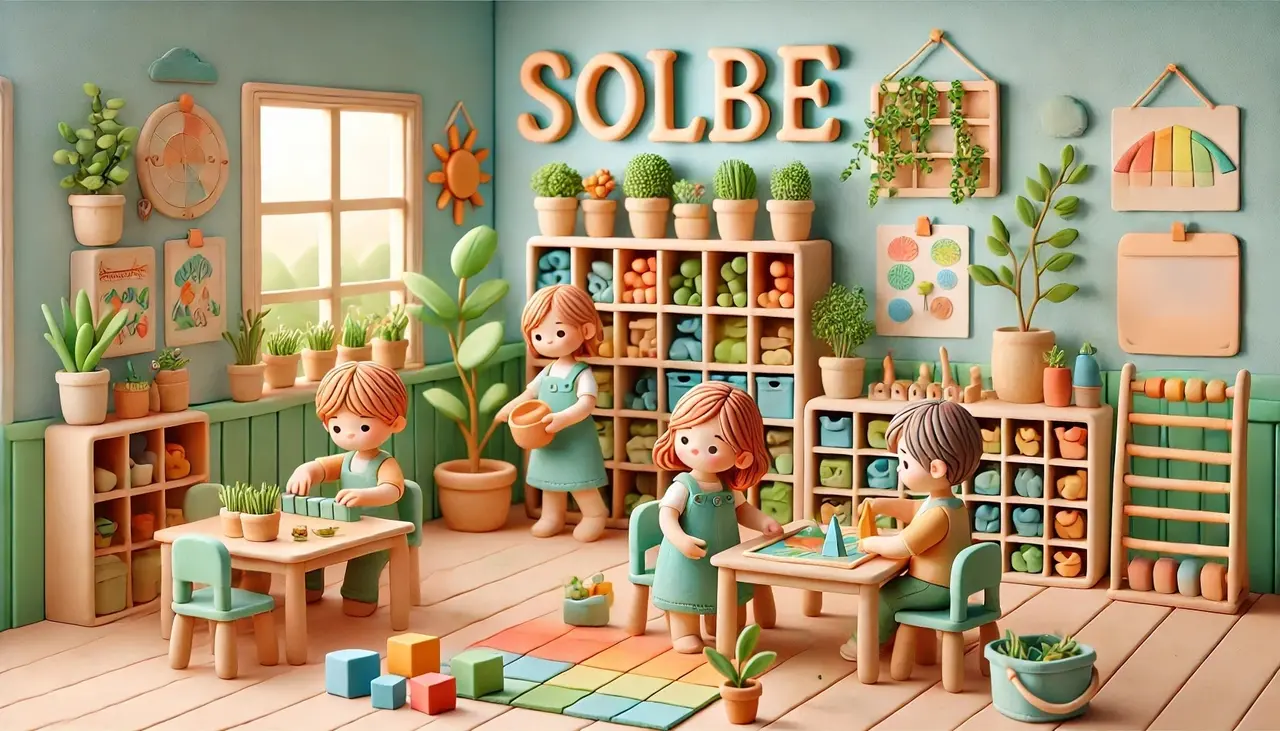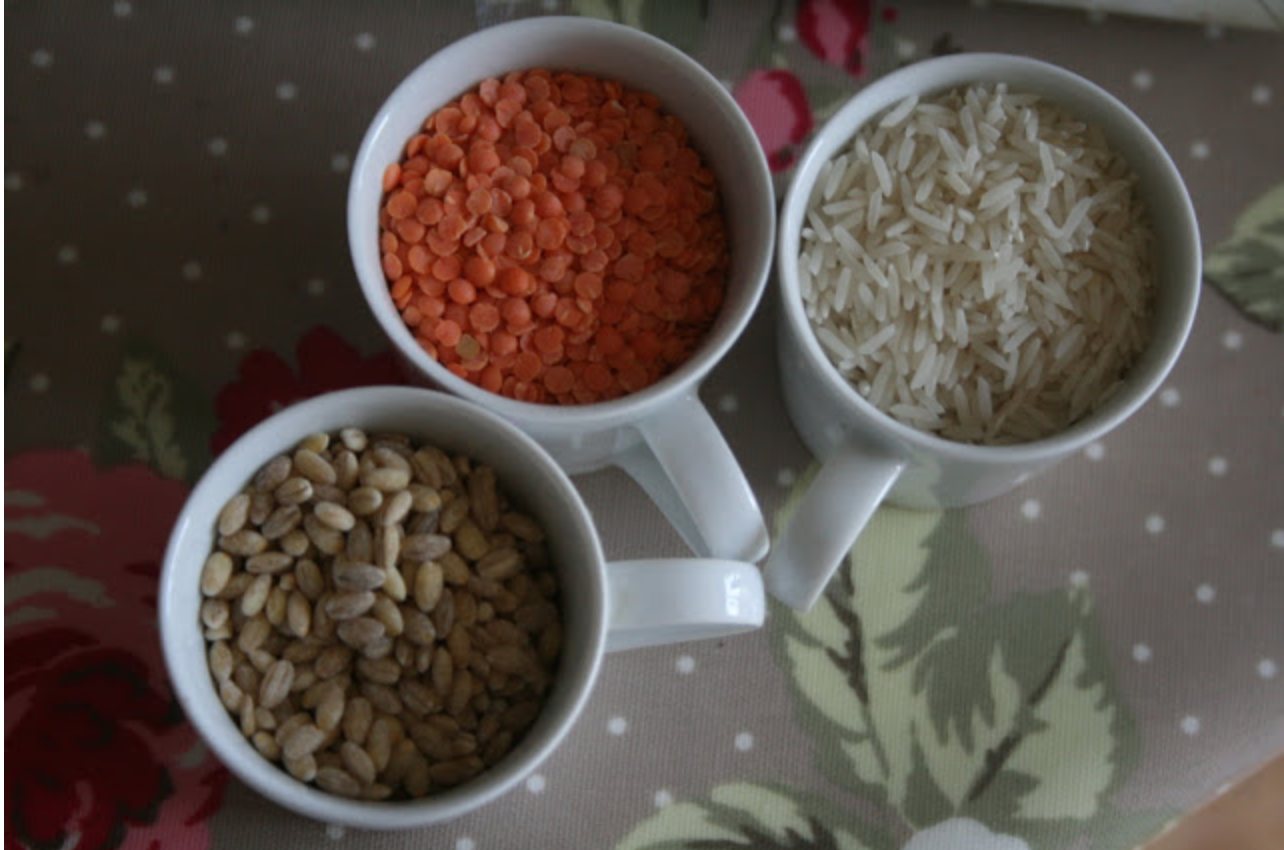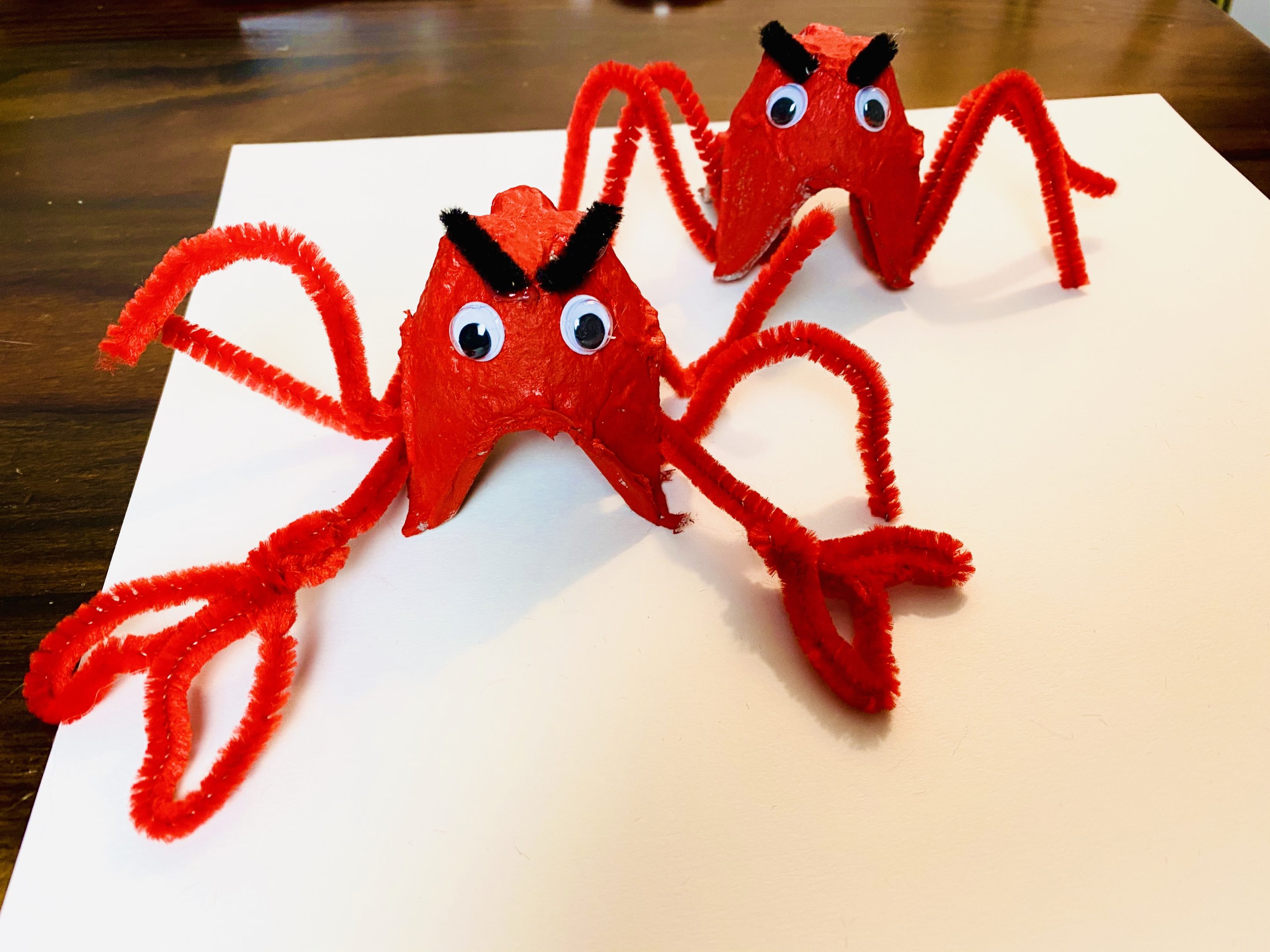And So It's Sewn

It is with the greatest joy that I share with you, SolBe is growing a garden. For the past 20 years and most of my life, I have been trying to connect people to their food. I followed that path to botany, the study of plants. But how would studying plants in all their glory get me to the goal of connecting people to their food? Fast forward only a couple of years when my fascination with plants as food became my career. As I opened my first restaurant at 20-years-old (2004), the privilege of buying produce at scale was daunting. Coming in wax-covered boxes, pulled from refrigerated trucks that had traveled hundreds of miles, wrapped in cellophane, this can’t be food. It was far from the food my mom grew. This food wasn’t worthy of the sacred harvest celebrations—preserving it for just the right moment, and celebrating it again. That food, those plants, were grown with real hands, in healthy soil, the seeds saved and nurtured for generations to come. Where was that food? I turned to local farmers, they were hard to find and tough to work with at first, but so worth it! Those farmers, the first farm connections I made as a green-horned entrepreneur, saved me, saved my company, and confirmed my belief that real food can be grown, at scale, in healthy soil. Now, I’m smitten. I was scaling my company to many locations, kiosks, and wholesaling, but I had an extraordinary desire to try to do it myself. Could I solve for some of the biggest pain points in my company: food waste and supply chain management? I was up for the challenge with the unbridled force of local farmers, they were now my teachers, my mentors, my peers, and my dearest friends. It took two full seasons to see the farm come together. Rookie mistake, I rescued goats before I grew anything, however, those goats taught me to listen and observe. I soon realized that I could bring home the food waste from the shops and feed it to the goats (we’re talking hundreds of pounds of juice pulp and celery butts a day). Those goats pooped out little pellets that are farmers’ gold. The manure from aging the goat’s poop was rich and clean (and would’ve cost thousands of dollars). I spread it through my grow fields, raked it in, and carefully started planting. The first year’s bounty was terrible, enough for my household, but not enough to support my bustling businesses. In that year though, I discovered something greater than any yield: a childlike joy invading my spirit, bouncing from my heart to my mind, throughout every part of my life. Everything started to come full circle, literally. Here are some photos from the first year of farming. Pepper and Cocoa, Nigerian Dwarf Goats. Me and “Mama,” my sweet Buff Orpington Hen. The first crops. The Garden Project It is with that same joy I share this garden with all of you. In true Reggio spirit, the garden will be a conduit to close our loop. Growing will support our hyperlocal ecosystem: our Seed-to-Table food philosophy and harvests will be carefully prepared in our state-of-the-art kitchen. Beyond that, bringing the garden into the classrooms evokes the curiosity of children through textures and flavors, colors, and temperatures. It blossoms into profound “whys,” wondrous limitless possibilities, and yet gentle and empathic hearts. Pulling from the Montessori belief that “chores are not a chore”, we all care for the gardens together. In the classrooms, we explore the plants, the creatures that call them home, and the fruits of our labor. But our garden is not simply a garden. At its root, it lays a pathway towards future studies in creating healthy ecosystems — we will collect rainwater, create habitats for native animals, and grow native flowers and plants. We will compost our food scraps into rich, black soil and nurture relationships with local farms. Our young ecologists will document their findings while growing healthy, nutrient-rich food to fuel the minds of our future. The Garden Project has been led by an incredible team of educators who have been a true delight to work with. Many of whom are gardening for the first time and seeing their faces swell with pure joy as they imagine the children interacting with this new environment has been heartwarming beyond words. I look forward to introducing them in our weekly Garden Updates along with the new developments of what we can all look forward to when we come back together. The Project of the Day will feature some fun activities in the coming weeks that will allow our SolBe community to contribute to the Garden Project. The first of which is Birdhouses: A Place for Pollinators.
Related Articles
Explore our latest insights and resources.

Using Your Voice Effectively: Intentional & Positive Phrases to Use With Your Child

Work and Family: 7 Strategies to Find Balance as a Parent

Understanding and Supporting Early Childhood Mental Health

Understanding and Monitoring Developmental Milestones

The Value of Process-based Learning

The Truth about Parenting: Being a Thriving Parent

The Curious & Creative Classroom

Social-Emotional Learning: Five Competencies and How to Teach Them at Home

Social Emotional Learning Part Five: Teaching Growth Mindset to Inspire Change

Social-Emotional Learning Part Three: Teaching Friendship to Inspire Change

Social Emotional Learning Part Two: Teaching Acceptance to Inspire Change

Social Emotional Learning Part Six: Teaching Empathy to Inspire Change

SEL: Parent Social-Emotional Competence & Well-Being

Social Emotional Learning Part Four: Teaching Respect to Inspire Change

Reflective Learning: 10 Meaningful Questions to Replace “How Was School Today?”

Prosocial Behavior: Strategies to Model, Practice and Praise

Ranking Boston Area Private Schools: Finding The Best Programs For Your Children

Prosocial Behavior: Encouraging Your Child To Practice Gratitude

Play is Work and Work is Play

Preparing a Learning-rich Environment

Nurturing Brain Development During the Window of Opportunity

Exploring Spanish Language Learning Through Play-Based Activities

Early Intervention: Identifying Support for Children Birth to Age Three

Developmental Screening: Acting Early and Advocating for Your Child

Daily at Home Project: Red House – Fun For All Greatest Hits & More

Daily at Home Project: Rainbow Painting and Make Your Own Ice Cream

Daily at Home Project: Pots, Pans, Colors & Rainy Day Brownies!

Daily at Home Project: Lid Matching and Animal Washing Station

Daily at Home Project: Making Music with The Very Noisy Bear

Daily at Home Project: Fine Motor Activities and Let's See Where a Dot Can Take You!

Daily at Home Project: Crazy Art from Silvana Carpio

Daily at Home Project: Baby Treasure Basket and Rocks of Hope

Daily at Home Project: Colander Pipe Cleaner and Pipe Cleaner Bubble Wands

Daily At-Home Project: Mix and Match Faces

Daily At-Home Project: Homemade Binoculars for Little Explorers!

Daily At-Home Project: Gratitude Jar

Daily At Home Project: Veggie Paint Making From Marlo
Stay Updated with SolBe
Join our newsletter for the latest insights and exclusive content on early learning and childcare.































































